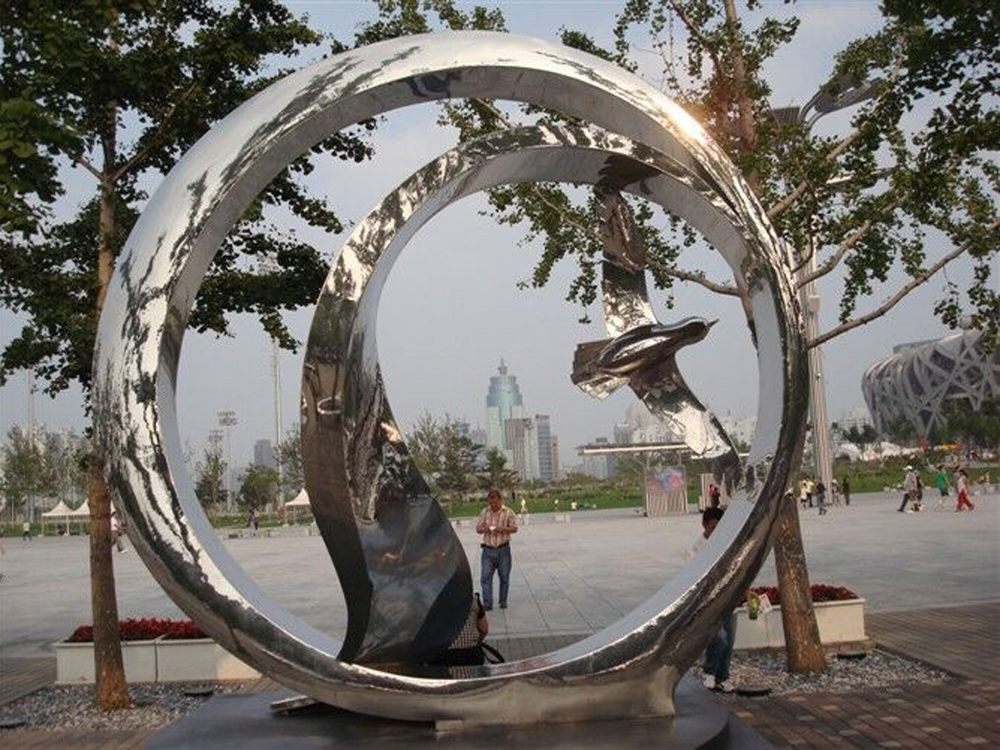
Creating the illusion of flowing fabric in solid bronze is one of the most impressive feats in sculpture. Master sculptors employ several specialized techniques to achieve this remarkable effect that transforms rigid metal into seemingly soft, dynamic drapery.
The primary method is the lost-wax casting process, where artists first sculpt the fabric patterns in wax. This allows for incredible detail work - every fold, crease and ripple can be carefully shaped while the material remains pliable. The wax model is then encased in ceramic and melted away, leaving a perfect mold for molten bronze.
Skilled metal chasers further enhance the fabric illusion after casting. Using specialized tools, they refine the surface textures, adding subtle variations that mimic how light interacts with real cloth. Some artists employ repoussé techniques, working the metal from both sides to create deeper, more dramatic folds.
Surface finishing plays a crucial role. By applying different patinas and polishing techniques, sculptors create visual depth - darker recesses in the folds contrast with highlighted ridges, enhancing the three-dimensional quality. Some contemporary artists even incorporate actual fabric dipped in molten bronze to capture authentic textile patterns.
The most successful bronze drapery combines technical precision with artistic observation. Masters study how different fabrics behave - the heavy drapes of velvet versus the light flutter of silk - and translate these qualities into metal. This alchemy of observation and craftsmanship continues to captivate art lovers centuries after the technique was first developed.

